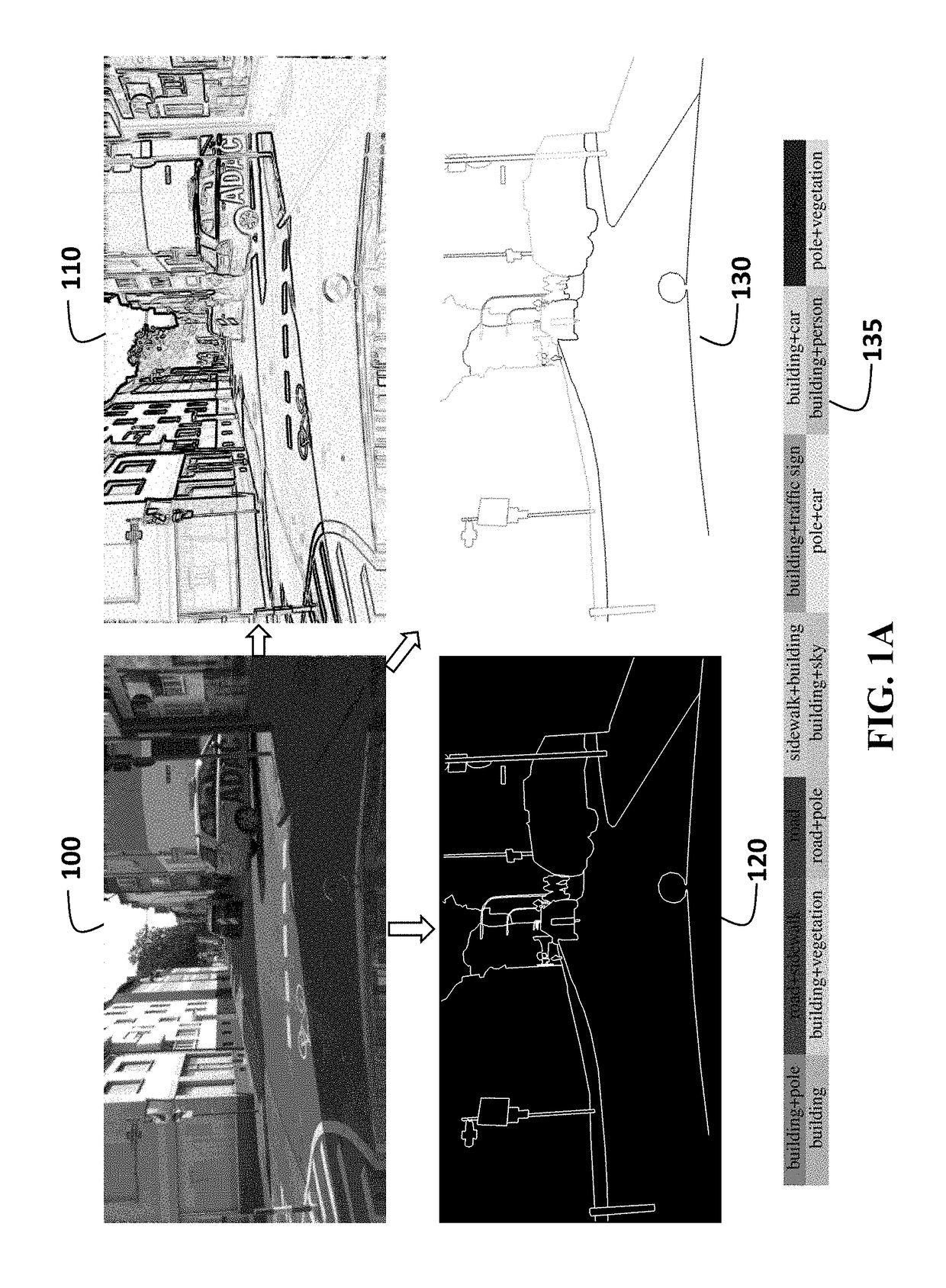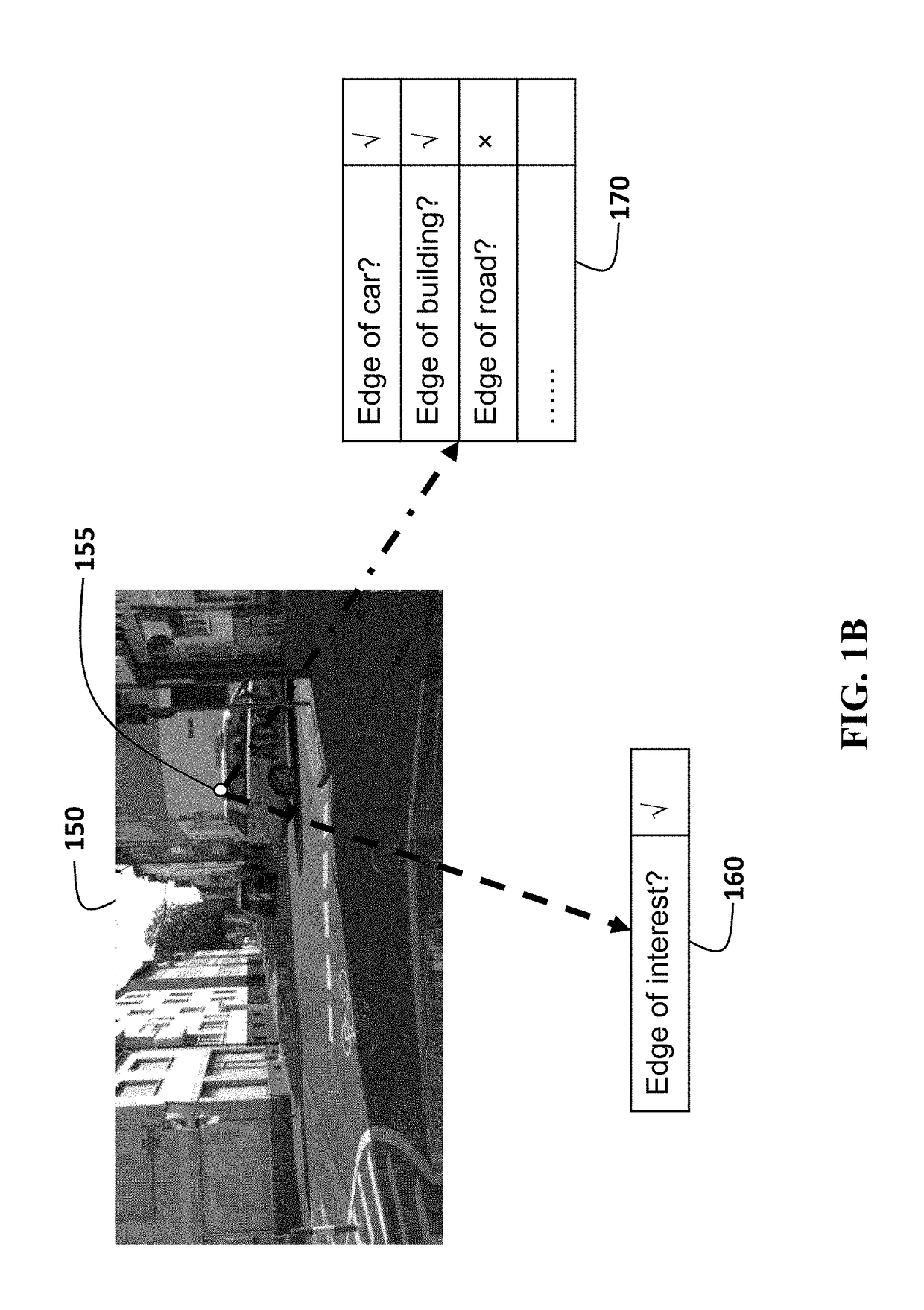Multi-Label Semantic Boundary Detection System
a detection system and semantic boundary technology, applied in the field of computer vision, can solve the problems of assumption precluding proper and better training and testing, not necessarily correct for category-aware semantic boundary detection, etc., and achieve the effect of avoiding risk
- Summary
- Abstract
- Description
- Claims
- Application Information
AI Technical Summary
Benefits of technology
Problems solved by technology
Method used
Image
Examples
Embodiment Construction
[0032]Various embodiments of the present disclosure are described hereafter with reference to the figures. It would be noted that the figures are not drawn to scale elements of similar structures or functions are represented by like reference numerals throughout the figures. It should be also noted that the figures are only intended to facilitate the description of specific embodiments of the disclosure. They are not intended as an exhaustive description of the disclosure or as a limitation on the scope of the disclosure. In addition, an aspect described in conjunction with a particular embodiment of the disclosure is not necessarily limited to that embodiment and can be practiced in any other embodiments of the disclosure.
[0033]FIG. 1A shows schematic illustrations indicating differences between conventional edge, semantic edge, and category-aware semantic edge, according to embodiments of the present disclosure.
[0034]Given an image of a typical road scene 100, traditional low-leve...
PUM
 Login to View More
Login to View More Abstract
Description
Claims
Application Information
 Login to View More
Login to View More - R&D
- Intellectual Property
- Life Sciences
- Materials
- Tech Scout
- Unparalleled Data Quality
- Higher Quality Content
- 60% Fewer Hallucinations
Browse by: Latest US Patents, China's latest patents, Technical Efficacy Thesaurus, Application Domain, Technology Topic, Popular Technical Reports.
© 2025 PatSnap. All rights reserved.Legal|Privacy policy|Modern Slavery Act Transparency Statement|Sitemap|About US| Contact US: help@patsnap.com



